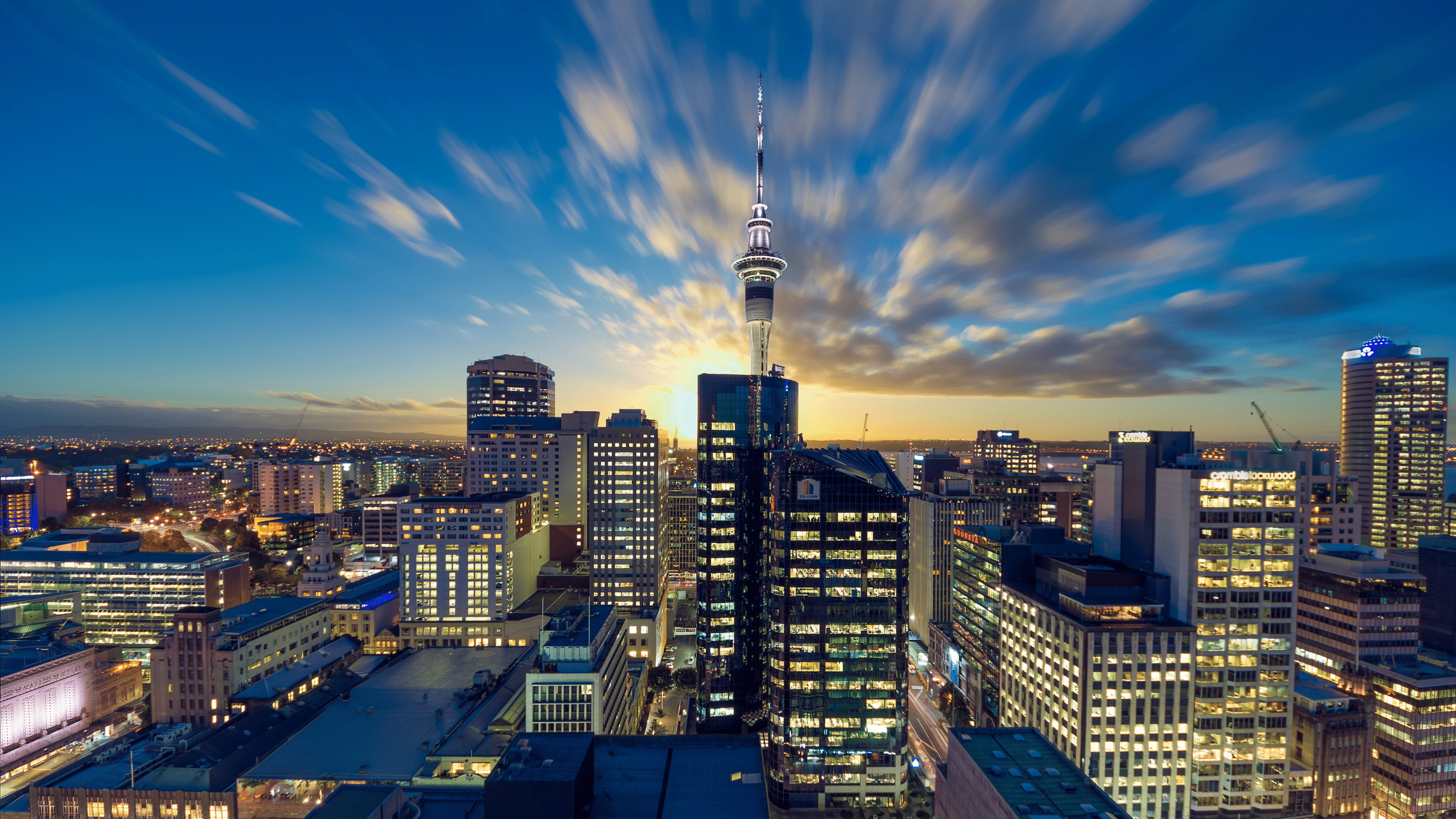Auckland’s future is on the line. With Plan Change 78 now off the table, all eyes are on the October 10 deadline for a revised intensification strategy that could redefine the city for generations. In this thought-provoking opinion piece, Precon Associate Kyle Mingins argues that the planning decisions made today will either set Auckland on a path to becoming a modern, connected, high-density city — or trap it in outdated, car-clogged suburban sprawl. It’s time to build up, not out.
The defeat of the highly controversial Plan Change 78 last month brought welcome relief, but Auckland now faces an even more critical moment. With October 10th’s notification deadline for a revised plan change fast approaching, the city’s new intensification plan could fundamentally reshape New Zealand’s largest urban centre for years to come.
Planning controls and intensification have long divided Aucklanders. NIMBYism and archaic planning laws have often prevailed over pragmatism, leading to a prevalence in subdivision developments across the Auckland isthmus. The result has been a fragmented city struggling with infrastructure woes. Ask anyone trapped in a 90-minute crawl to Drury on a Friday afternoon and they will tell you it’s about as much fun as watching paint dry.
For those catching up, PC78 would have had dire results on Auckland’s development landscape.
The proposed controls threatened to create chaos among existing consent holders and confusion for those with plans in the works. Queue Developers, Architects and Planners heading back to the drawing board at a time when we need to be unlocking Development.
High-profile sites like the ‘Food Alley’ development on Albert Street faced significant consequences, with land values potentially halving overnight should the plan change have taken effect. While the plan change appropriately sought to remove floor area ratio provisions from the City Centre, it simultaneously introduced restrictive new standards that would have strangled development capacity within the CBD.
The Albert Street site exemplified these problems – facing setbacks over 28 meters (6% of total building height), east-west dimensional restrictions, mandatory through-site links, and layers of additional planning controls. Such measures essentially broadcast to developers: “we’re closed for business” – precisely the wrong message at a time when site feasibilities are getting harder and harder to stack up.
The disconnect between city planners and developers on such crucial legislation highlights a fundamental problem in the way we view high-rise development. As Housing Minister Chris Bishop noted: “This is how modern, growing cities all around the world operate, and now it’s Auckland’s turn.”
Here’s a thought bubble. Why not look overseas at some of the world’s leading examples of compact cities and planning legislation for intensification.
Melbourne offers a compelling blueprint. Their controversial Amendment C270 in 2016 split the CBD into General Development Areas encouraging density and special character areas preserving lower built form. Despite initial developer resistance to the 18:1 plot ratio requirement, the framework has proven successful.
Auckland could adopt similar strategies around key transport nodes. Stations like Maungawhau (Mount Eden), Kingsland, and Morningside represent untapped goldmines for intensification. An international expression of interest process pairing renowned global architects with local teams could yield remarkable results – if the rules actually encourage maximising site density rather than constraining it.
Whatever controls ultimately emerge, the collaboration between Central Government and Auckland Council on this planning review offers genuine hope. The stakes couldn’t be higher as the decisions around planning controls will shape Auckland’s development pipeline for the next century.
The ideology shift required is generational: developing upwards, not outwards.
This isn’t just about building codes or zoning maps – it’s about whether Auckland embraces its future as a modern, dense, connected city or remains trapped in suburban sprawl.
October 10th isn’t just another bureaucratic deadline. It’s the moment Auckland chooses between stagnation and transformation. The foundations being laid in the coming weeks will determine whether our children inherit a thriving metropolis or a traffic-choked suburban maze. The clock is ticking, and the future of New Zealand’s economic powerhouse hangs in the balance.
Author

Kyle Mingins
Associate, Precon Ltd
Kyle is a highly capable and dedicated property professional with 19 years’ experience in significant projects throughout New Zealand, Australia, and the United Kingdom. Kyle’s consistent approach has led many projects of significance to successful project delivery.

